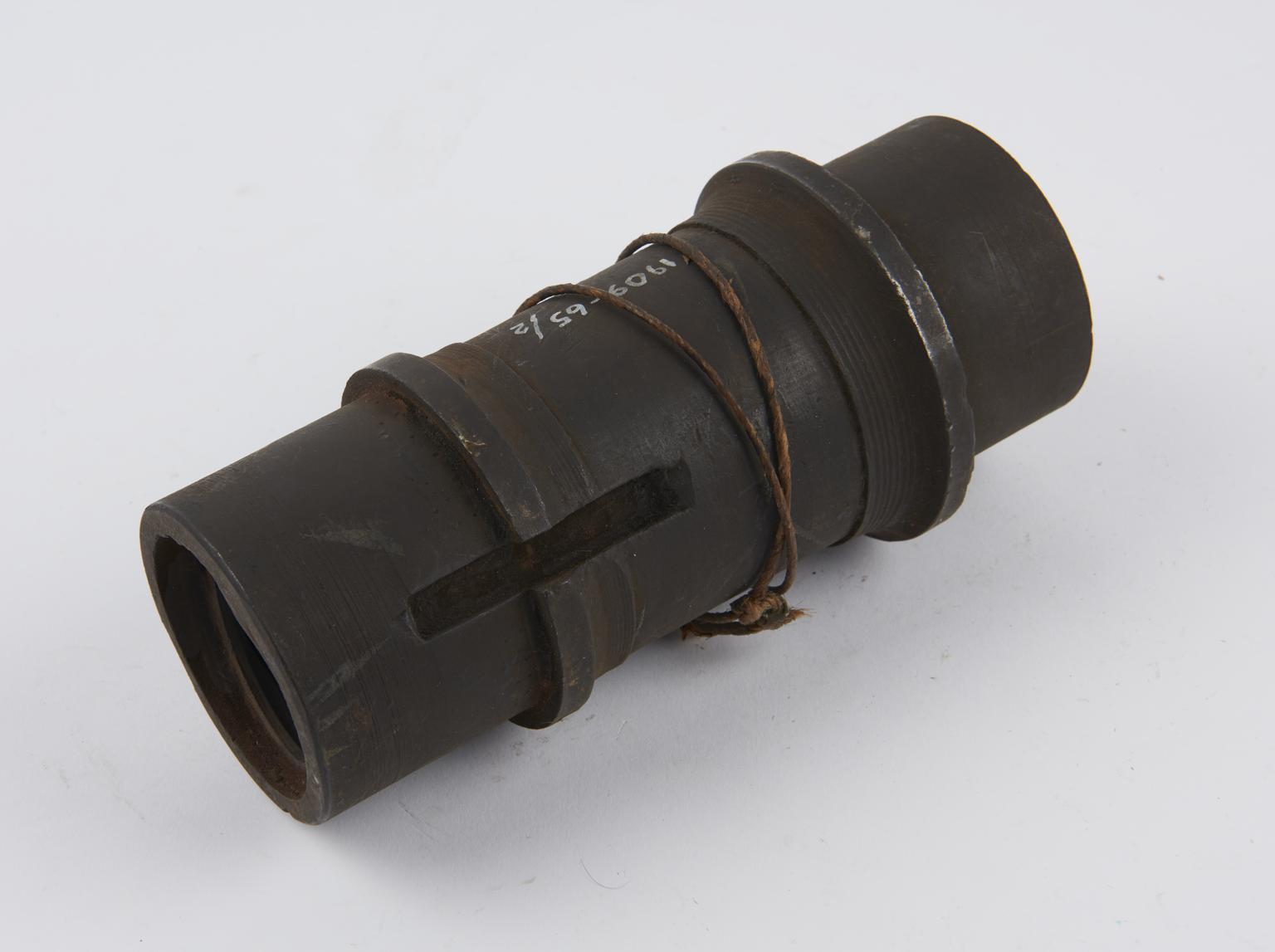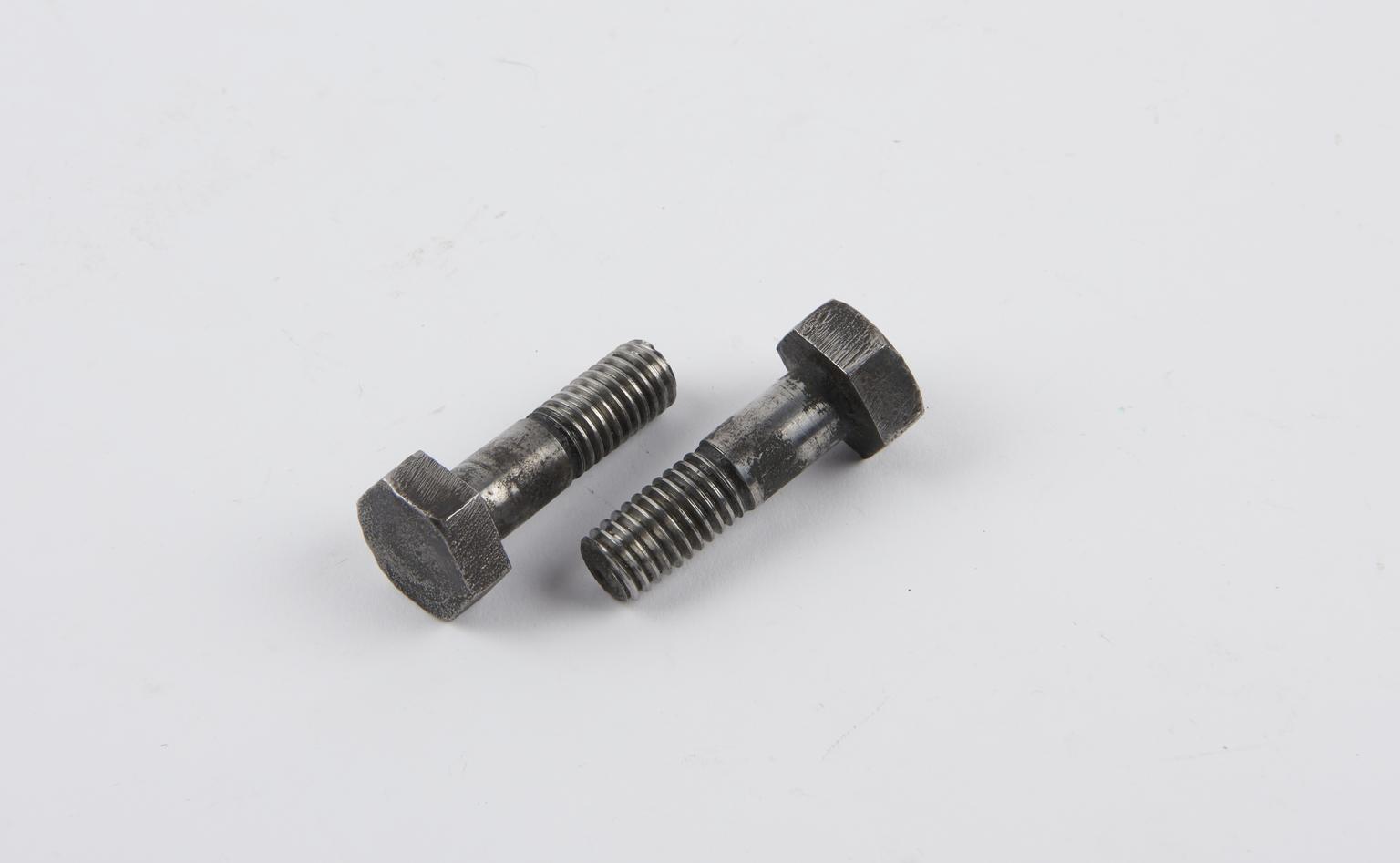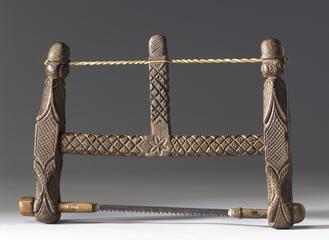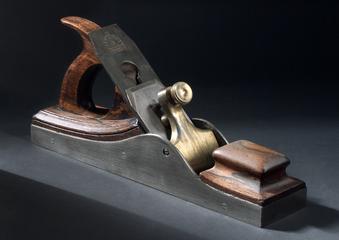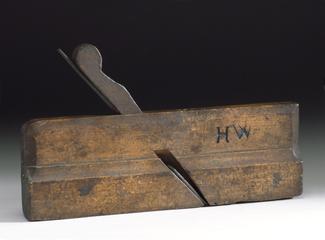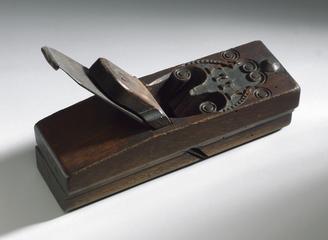Slide lathe
Original slide lathe, by Richard Roberts, Manchester, Lancashire, England, 1817
More
This is an early and highly significant example of a true industrial lathe, made by a machine-builder of high repute. The lathe is capable of turning work up to six feet long, and uses back-gearing to give a wide range of speeds of rotation, a mechanism probably invented by Roberts. The lathe has a toolholder mounted on a sliding saddle which can be moved along the lathe bed by bevel gear as it rotated; the saddle automatically knocks itself out of gear when it has travelled far enough. Although the machine was not quite able to cut screw threads, it was very capable of turning surfaces. The machine represents a scaling-up process from earlier ornamental lathes onto an industrial scale appropriate for large scale engineering work.
- Measurements:
-
overall: 1000 x 1000 x 4000 mm (approximate)
- Materials:
- cast iron , wrought iron , gunmetal and paint
- Object Number:
- 1909-65/1
- type:
- lathe - machine
